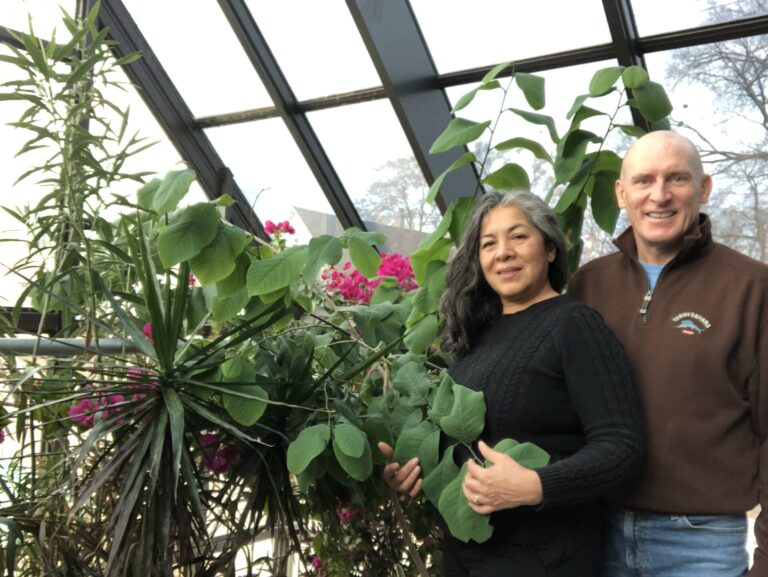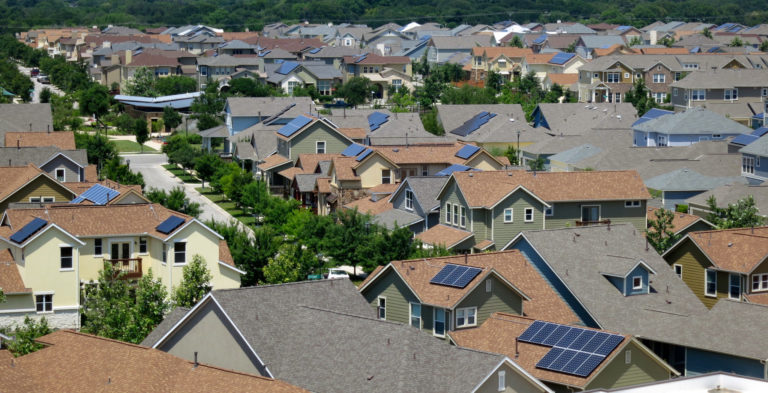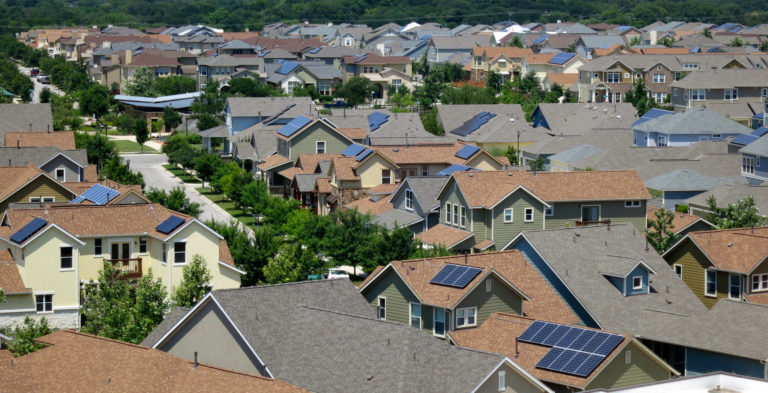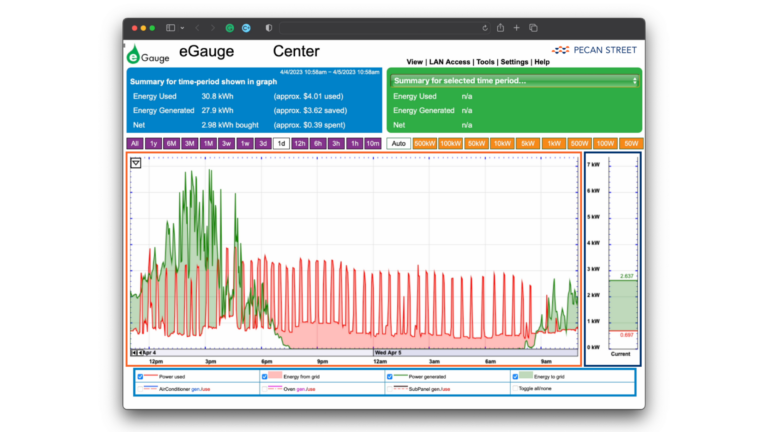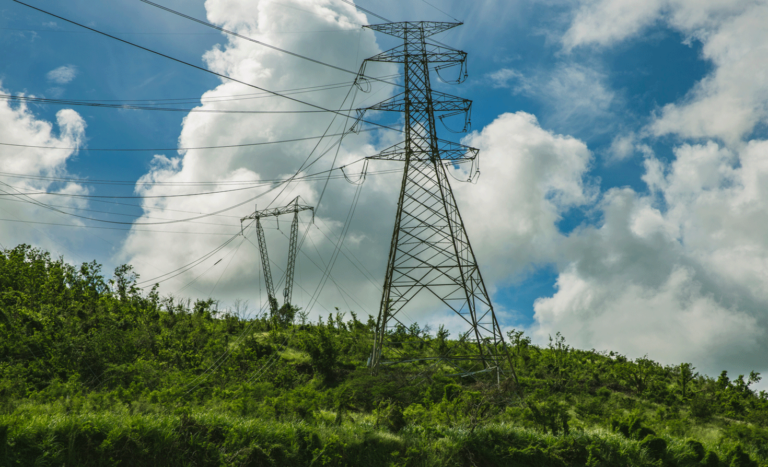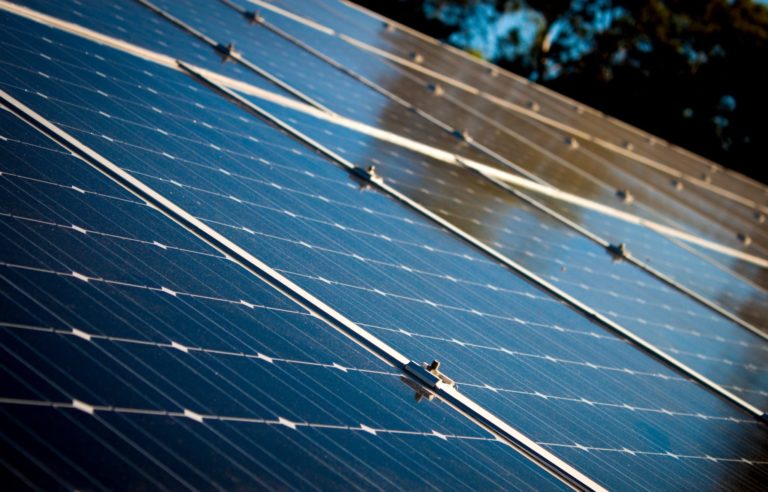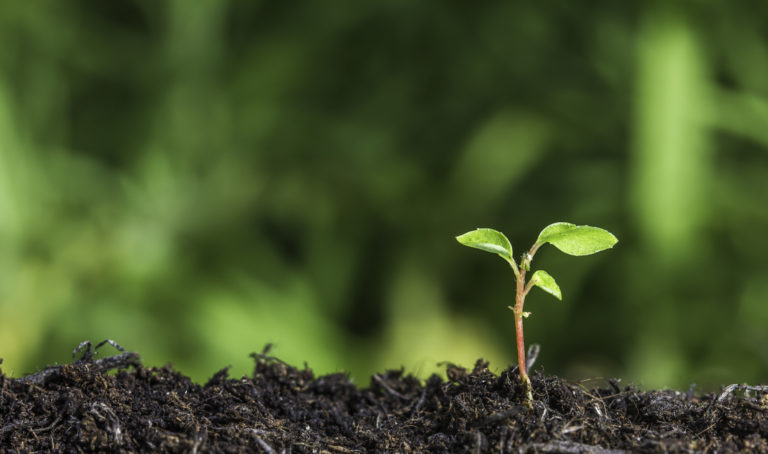March 3, 2021
We wanted to make sure that our Black History Month blog series received everyone’s full attention, so we postponed the series due to the winter storm and energy crisis in late February. We’re excited to be picking up the series here with Dr. LaKisha Odom, who explores the intersection of farming and ranching with climate. We’ll be posting the rest of our series spotlighting the voices of Black leaders working on climate, equity, and clean energy issues throughout this week. Stay tuned!

Dr. LaKisha Odom joined the Foundation for Food & Agriculture Research (FFAR) in September 2016 as a scientific program director to pursue her commitment to promoting the use of innovative science and interdisciplinary thinking to tackle today’s complex challenges in food and agriculture. She is also committed to cultivating increased diversity in a new generation of food and agriculture scientists.
What is the intersection of farming and ranching with climate?
This is a dynamic time in Agriculture; farmers and ranchers across to globe are tackling a series of unprecedented challenges as a result of Climate Change: the last seven years are the hottest years on record for the planet, and in 2020 alone, the drought area in the U.S. expanded by 500%, and there were 22 extreme weather events that totaled $95 billion in costs and damage (Smith 2021).
According to the IPCC, “the outlook for GHG mitigation in agriculture suggests that there is significant potential” and that “soil carbon sequestration is the mechanism responsible for most of the greenhouse gas mitigation potential” (“IPCC Fourth Assessment Report” 2007; Soussana et al 2010). Now more than ever, it is apparent that agriculture can be instrumental in addressing the needs of climate change and there is a potential positive impact that agriculture can have to address Greenhouse Gas emissions reductions. This positive impact has centered farmers and ranchers in conversations on the potential climate change solutions and there has been much discussion of how farmers and ranchers stand poised to play an integral role in activating agriculture as a climate solution. This results in opportunities for farmers and ranchers to increase productivity, increase resilience, and increase profitability through mechanisms like carbon markets.
However, with this wealth of opportunity for farmers and ranchers on the horizon, there has to also be a space for actionable intentional discussions on how this will impact BIPOC farmers and ranchers.
Historically, BIPOC farmers have experienced a legacy of discrimination contributing to disparities in access to loans, aid, and federal support. Systematic racism has resulted in real consequences, for example, based on the most recent Census of Agriculture, there are less than 35,000 Black farmers, and land ownership among Black farmers has fallen by an estimated 90 percent. Farms run by African Americans make up less than 2 percent of all of the nation’s farms today, down from 14 percent in 1920, because of decades of racial violence and unfair lending and land ownership policies (Tabuchi and Popovich 2021). These are realities that must be confronted head on as we work to create the future of agriculture—we must ask ourselves what kind of future do we want?
In thinking about the future of agriculture, the question on my mind a lot lately is what should WE be doing to ensure the regenerative agriculture and carbon ranching movements are inclusive and address systemic racism and/or opportunities for working with BIPOC farmers and ranchers? And by we, I mean a collective “we”: policymakers, funders and advocates. The first words that come to mind when thinking about how to address the historical and continued disenfranchisement and create opportunities for change are: equity, intention, and acknowledgment. The encouraging news is that there are activities seeking to intentionally acknowledge and address equity challenges for BIPOC farmers and ranchers in agriculture.
Some things on the horizon that give me hope: In November 2020, a senate bill has been proposed that would permit Black farmers to reclaim as many as 160 acres apiece through federal land grants (“Booker, Warren, Gillibrand” 2020). The House Agriculture Committee has its first Black chairman, Congressman David Scott of Georgia, who plans to invite Black farmers to give testimony on racial discrimination in federal aid. Even as recently as last week, the New York Times highlighted two of the new administration’s priorities as “addressing racial inequality and fighting climate change,” with steps to improve “Black and other minority farmers’ access to land, loans and other assistance, including “climate smart” production (Tabuchi and Popovich 2021). A little closer to the role I inhabit as a program director at the Foundation for Food and Agriculture Research (FFAR); an Ag Research funding organization, there are actions evolving from funded projects. It has been extremely exciting to see more targeted actions to address these issues in the carbon market space through the Ecosystem Services Market Consortium, as well as projects that focus on data interoperability and improved decision making to address climate change mitigation like the OpenTEAM. Our organization is also developing new research and workforce development programs more intentionally focused on the impact on BIPOC farmers.
With all of this movement in a positive direction, the final thought that I have is that we need MORE. These efforts are very exciting, but to truly address the magnitude of the legacy of challenges that systematic racism has left with BIPOC farmers will take time, effort, patience, and a commitment to tackle and dismantle these systems of oppression to truly embrace a future that is inclusive and equitable.
Citations
1. Smith, Adam B. “2020 U.S. Billion-Dollar Weather and Climate Disasters in Historical Context: NOAA Climate.gov.” NOAA Climate.gov, National Oceanic and Atmospheric Administration, 8 Jan. 2021, www.climate.gov/news-features/blogs/beyond-data/2020-us-billion-dollar-weather-and-climate-disasters-historical.
2. “IPCC Fourth Assessment Report: Climate Change 2007.” AR4 WGIII Chapter 8: Agriculture – 8.10 Long-Term Outlook, Intergovernmental Panel on Climate Change, June 2007, archive.ipcc.ch/publications_and_data/ar4/wg3/en/ch8-ens8-10.html.
3. Soussana, J F, et al. “Mitigating the Greenhouse Gas Balance of Ruminant Production Systems through Carbon Sequestration in Grasslands.” Animal: an International Journal of Animal Bioscience, U.S. National Library of Medicine, Mar. 2010, www.ncbi.nlm.nih.gov/pubmed/22443939.
4. Rosenberg, Nathan, and Bryce Wilson Stucki. “How USDA Distorted Data to Conceal Decades of Discrimination against Black Farmers: New Food Economy.” The Counter, 26 June 2019, thecounter.org/usda-black-farmers-discrimination-tom-vilsack-reparations-civil-rights/.
5. Tabuchi, Hiroko, and Nadja Popovich. “Two Biden Priorities, Climate and Inequality, Meet on Black-Owned Farms.” The New York Times, 31 Jan. 2021, www.nytimes.com/2021/01/31/climate/black-farmers-discrimination-agriculture.html?referringSource=articleShare.
6. “Booker, Warren, Gillibrand Announce Comprehensive Bill to Address the History of Discrimination in Federal Agricultural Policy.” U.S. Senator Cory Booker of New Jersey, 19 Nov. 2020, www.booker.senate.gov/news/press/-booker-warren-gillibrand-announce-comprehensive-bill-to-address-the-history-of-discrimination-in-federal-agricultural-policy.









